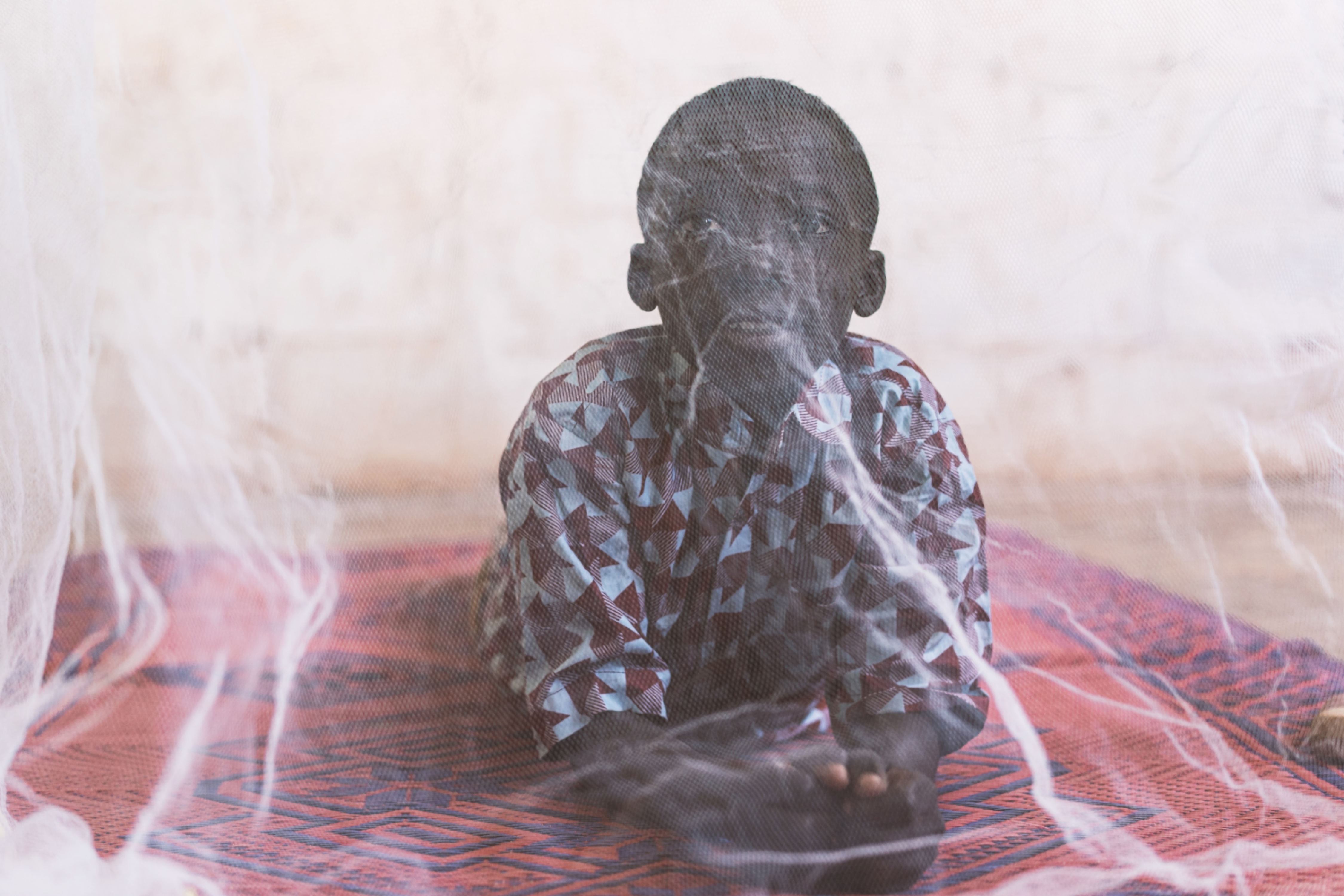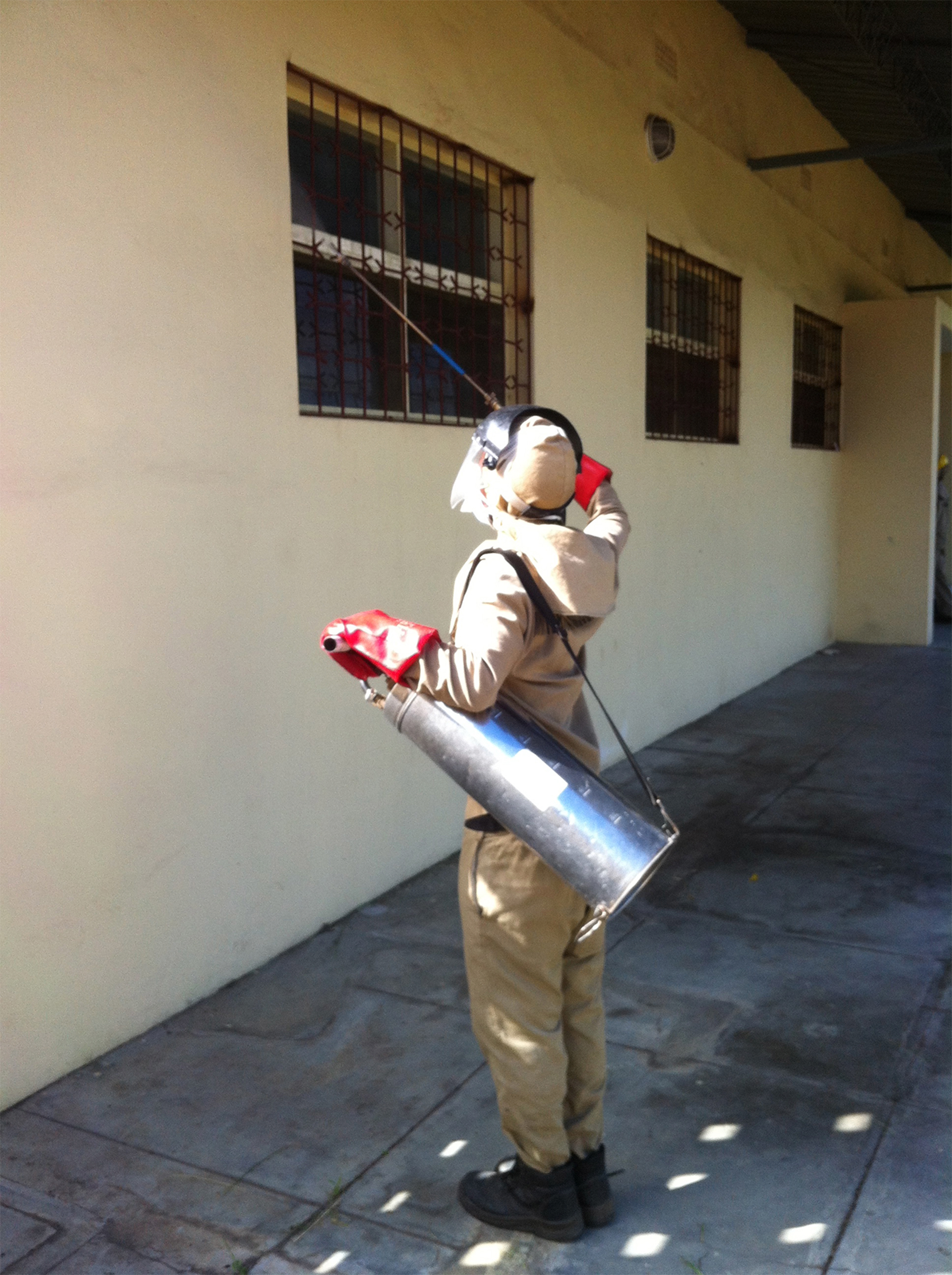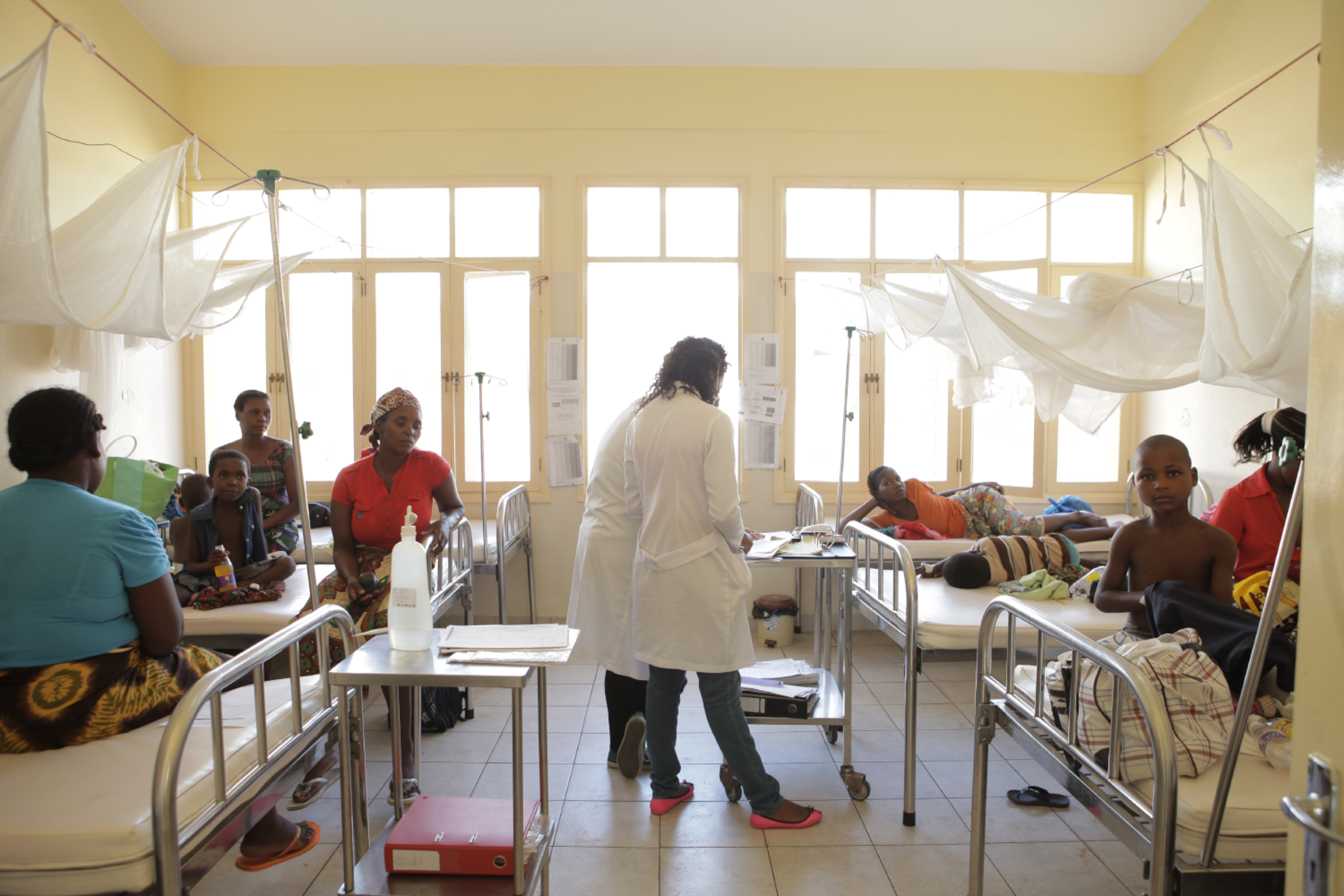Bednets are a physical barrier that you can use to protect yourself from being bitten. They are also a chemical barrier because they are impregnated with insecticides.
When a mosquito is flying around inside a house and lands into a bednet, it will not be able to pass through it (physical barrier) and will, in fact, probably die as a result of the insecticide that is placed into the bednet (chemical barrier).
Using bednets is a very proven intervention for good protection. Current bednets have improved enormously in recent years. Nowadays, you can get a bednet which is already fully prepared and which will protect you for as long as five years. Bednets have prevented around 450 million cases of malaria! And globally, 6.2 million fewer people have died of malaria over the last 15 years because of malaria interventions.
As a result of the use of bednets, mosquitoes have adapted and are changing their behaviour. They are starting to bite outdoors, outside of the home, and even at earlier times, before dusk. This is a major problem because in those cases bednets are no longer the most adequate protective strategy.
Preventing malaria from occurring
Strategies to prevent malaria can be put in place. There are currently ways of delivering antimalarials that will prevent people receiving those drugs from getting infected and from developing the disease.
If you are, for example, travelling to a malaria-endemic area, you are at high risk of developing severe malarial disease and therefore need to be protected beforehand. You will start taking an antimalarial drug as prophylaxis a few days before you travel and continue to take it while you are still exposed, and for a few more days after your return.
Why don’t we do the same with native populations in malaria-endemic areas? The problem is that it is not sustainable to treat entire populations for their entire lives.
However, antimalarials could be delivered to those more at risk at key moments in which they have better access to the health system, thereby minimising the number of times that people have to take a drug.
Intermittent preventive treatment
Very young children, particularly infants, and pregnant women are at very high risk of developing severe malarial disease. Both these groups have access to health interventions that have very good coverage in key moments of their lives: vaccination or antenatal consultations. What if we were to use those key moments in which children and pregnant women have access to the health system, access to deliver an antimalarial preventive strategy?
This is called intermittent preventive treatment (IPT) and has different ways of being done. It implies giving an antimalarial for preventive purposes in those key moments.
These intermittent preventive treatments (IPTs) use sulfadoxine-pyrimethamine, or SP, a different drug to the one used for treating malaria cases, so as to avoid interference between the two strategies (curative vs preventive) relying on drugs.
Malaria drugs
Drugs that cure malaria have been used for centuries, starting back in the 17th century with the use of cinchona bark to treat fevers, which later developed into quinine.
Other drugs have since periodically appeared for the treatment of malaria.
The science of treating malaria has developed in parallel to armed conflicts as malaria played a fundamental role in military history, decimating armies and often causing more casualties than enemy forces.
The development of drug resistance from the parasite has systematically eliminated the possibility of using many of the drugs. Today we are left with a single family of drugs: the artemisinin derivatives, based on a herbal remedy that has been used for more than two thousand years, for the treatment of fevers in China.


